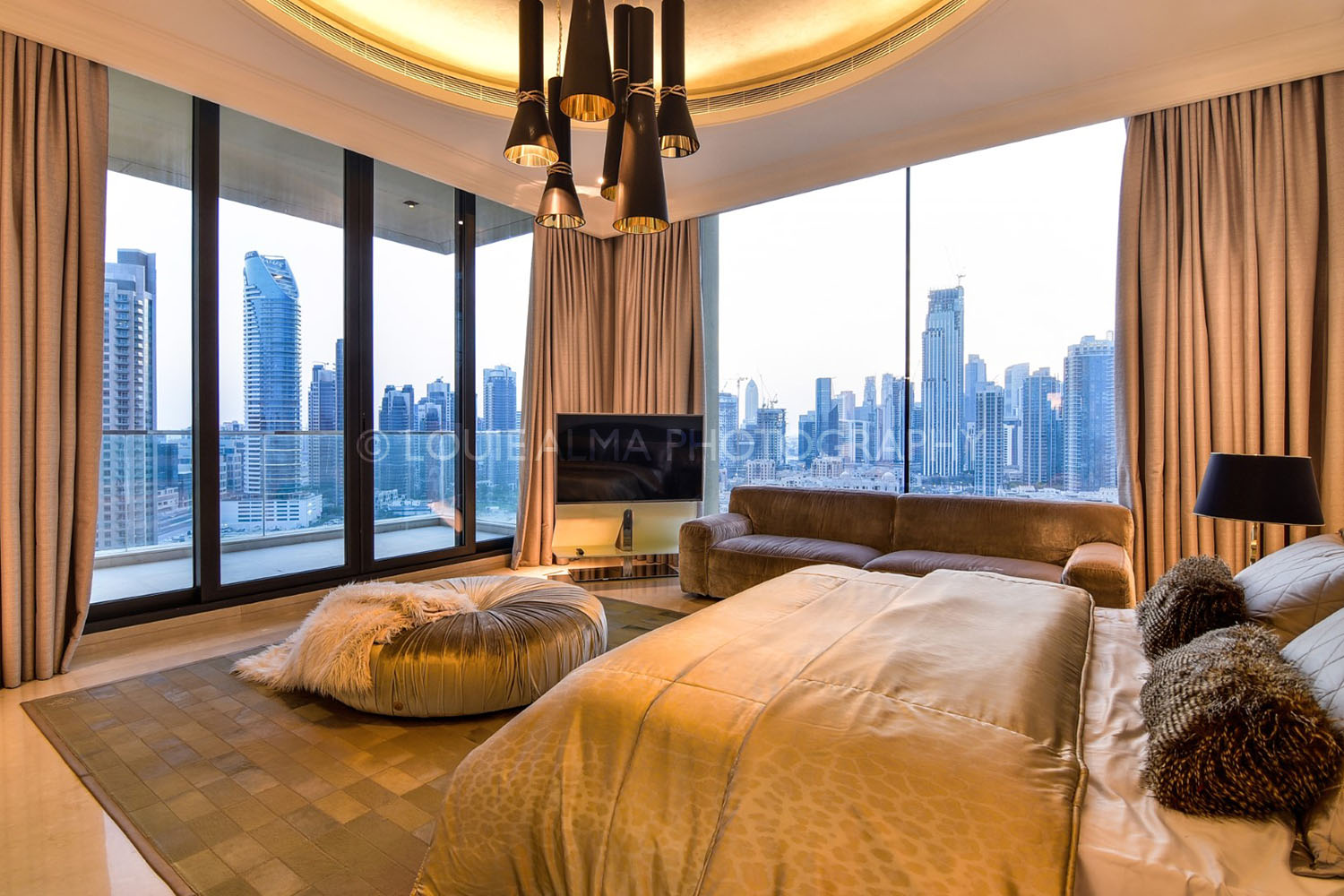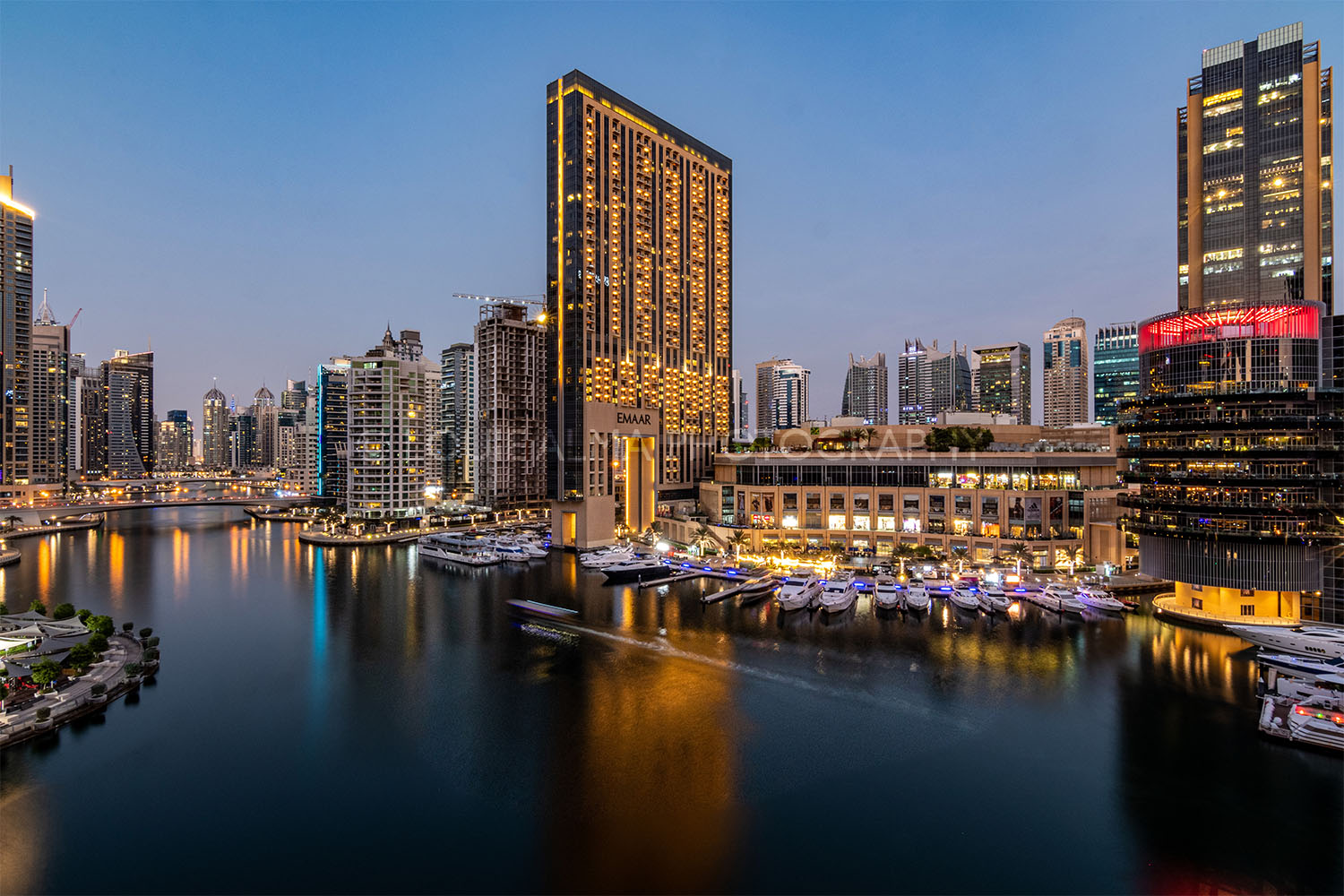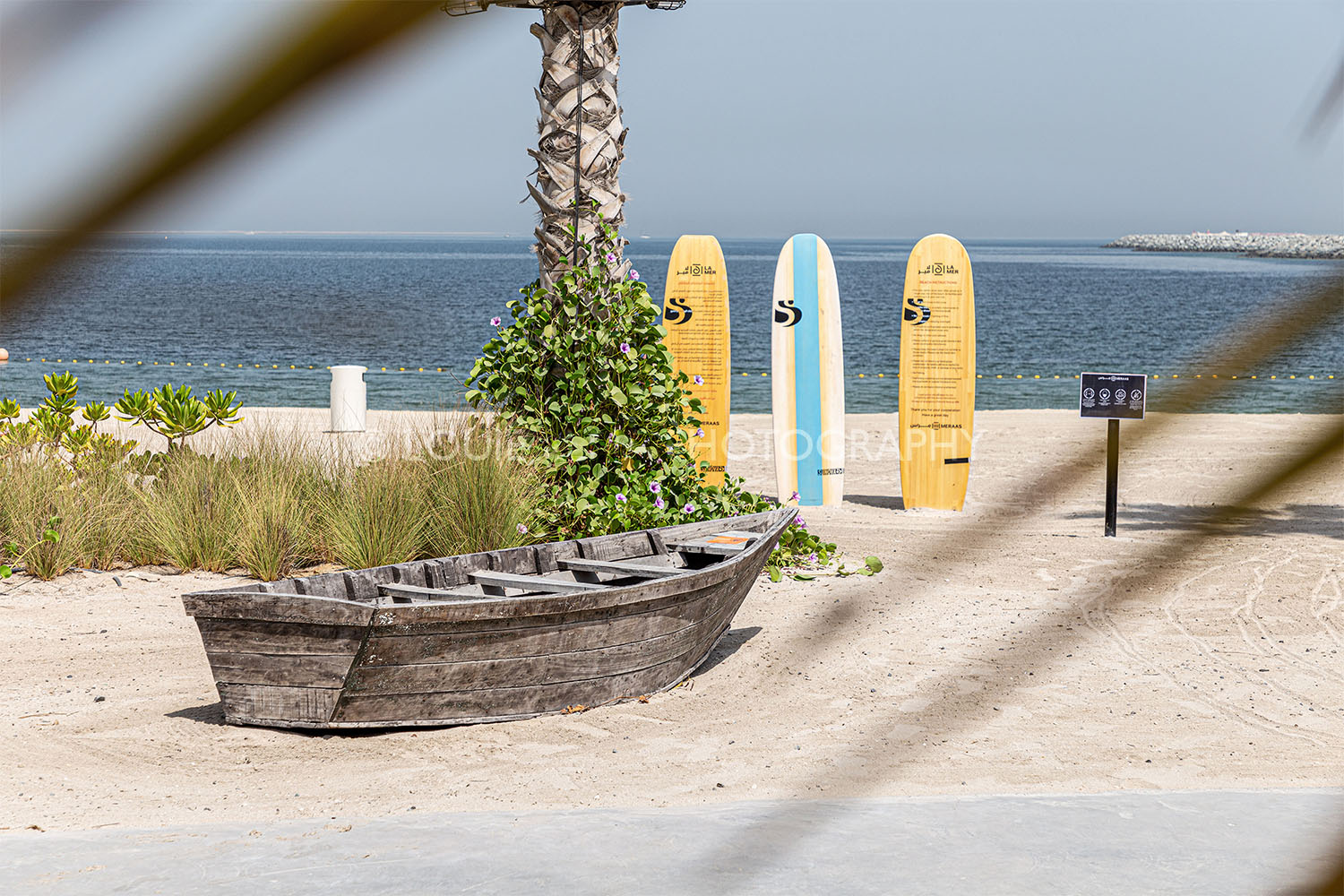Fujita Kanko Celebrates Hotel Chinzanso Tokyo’s 70th Anniversary
Fujita Kanko Inc., a leading Japanese hospitality company, celebrates the 70th anniversary of its flagship hotel, Hotel Chinzanso Tokyo, this month.

REAL ESTATE
Residential, Commercial, Interiors

LANDSCAPE
Landmarks, Cityscape, Urban, Architectural

FOOD
Hotels, Restaurants, Advertising, Editorial

PORTRAIT
Traditional, Glamour, Lifestyle, Candid

PRODUCT
Studio, Lifestyle, Grouping

EVENT
Conference, Exhibition, Corporate

FASHION
Portrait, Catalog, Editorial, Street

TRAVEL
Landscape, Cityscape, Documentary

SPORT
Basketball, Football, Golf

CONCERT

STILL

STREET